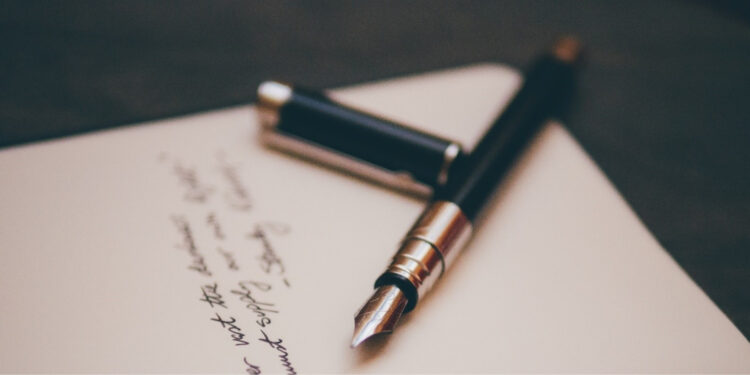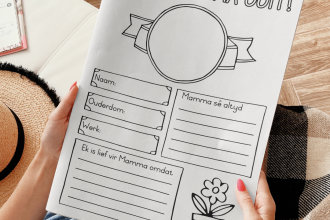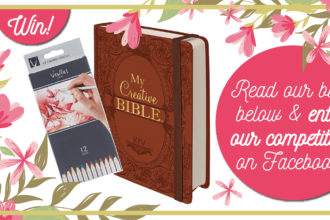Splash out on a fountain pen! Celebrate Fountain Pen Day with PNA

Trust us; if the pen is mightier than the sword, then the right fountain pen probably packs about the same punch as an armoured tank when you know how to use it. There’s a reason fountain pens always find their way into the hands of the most sophisticated characters in movies and why they’re kept in special little boxes like fine jewellery whenever you see them. If a regular pen walks its way through a sentence, then a fountain pen ballet dances across a page. Though you need a little more know-how on how to use them than you would for a good ‘ole trusty ballpoint, if you’re a person who enjoys the process of handwriting, you can lay your hands on no more sophisticated tool than a quality fountain pen. Throughout this article, we’ll be de-mystifying the fountain pen and showing you why this elegant tool is less intimidating and more exhilarating than you might have thought. Happy Fountain Pen Day!
How do fountain pens work?
The simple answer is “well.” The more complex answer is “gravity.” The pen uses what’s called “capillary action” to draw your liquid ink of choice from a reservoir (or ink well) inside the pen down through a feeder to the metal writing point of the pen. This metal writing point s called a “nib,” and the shape of the nib you choose plays a significant role in the type of lines you will make. More ink is released from the nib the harder you press, creating thicker lines. This means a fountain pen can change line thickness smoothly and on demand. Neat, huh?
Though the technology may seem simple, it took a long time to perfect this smooth capillary action, and as such, these pens only became commonly used from around the mid-19th century. For a pen to qualify as a fountain pen, it must possess both a metal nib and an inkwell.
Do you need special paper for fountain pens?
An experienced fountain pen user can create beautiful handwriting on just about any paper with their pen of choice, but as a beginner, you’re likely to need a little extra time to get used to the correct pressure applications for your pen. If you’re just starting out, we recommend that you opt to write on thicker paper that absorbs ink better to limit splodges, spots and spills when the paper is at absorption capacity. One of the most appealing parts of using a fountain pen is feeling that “glide” as you ink, which is much more achievable on smooth or coated papers, though a real pro can find that feeling on more textured paper, too. One paper-based “red flag” to look out for when using fountain pens is “feathering”. This is a phenomenon in which the lines are very thick, even with minimal pressure, and strange spikes and points occur around the edges of your lettering. This is due to the paper absorbing the ink too quickly, almost like a tissue soaking up water, and tends to occur with very cheap paper varieties.
Are fountain pens messy?
Unfortunately, nothing’s perfect. Using a fountain pen can be messy, even if you’re pretty experienced with yours. Ink spills can happen even with the most expensive ones, and changing out the ink cartridge opens up the possibility of some spillage. Don’t worry too much about it, though! The better you get at handling your pen, the easier it is to avoid a mess altogether. When using a fountain pen, be sure to work slowly and deliberately. Close the ink tightly and reassemble the pen as soon as you are done transferring the ink. If you need to shake or tap to get the pen started, do it gently. Pressing or scratching harder doesn’t help the way it sometimes does with a ballpoint. The name of the game is delicate and intentional handling, not vigorous or forceful work. Keep it classy, and your pen will behave in kind!
What makes writing with a fountain pen special?
Firstly, and we know this is a little cheesy, but we’re into it – it really just makes you look very cool. It makes you seem like you’re sophisticated, considered, and value tradition. It also shows that you’re intentional in your choices and willing to learn new skills. Writing with a fountain pen has a nostalgia and satisfaction factor that you just don’t get typing out a quick email, and receiving an immaculately handwritten letter is always deeply impressive. Fountain pens are also much less disposable than the typical ballpoints and liners that are common in writing spaces. Think about how often you throw away a pen when it’s done. With a fountain pen, you could use the same writing implement for years or even decades, continuously refilling your single purchase. Writing with a fountain pen just feels good, too. When you’ve practised, the nib just glides over paper, and you must apply much less pressure to make bold graceful lines. You can even develop your very own unique writing style by switching up your choice of a nib, your hold, and the angle of your pen.
Where can I get a fountain pen?
At PNA stores, we believe in the meaningfulness of handwriting. That’s why our stores across South Africa carry a wide range of prestige writing tools, including a variety of fountain pens for you to explore. Whether you’re a beginner looking to try out the elegance inherent in the fountain pen for the first time or an experienced calligrapher searching for that premium tool to take your art to the next level, you’ll find what you’re looking for at PNA. To find the store closest to you, just take a look at our handy store locator. See you soon, future fountain fans!


